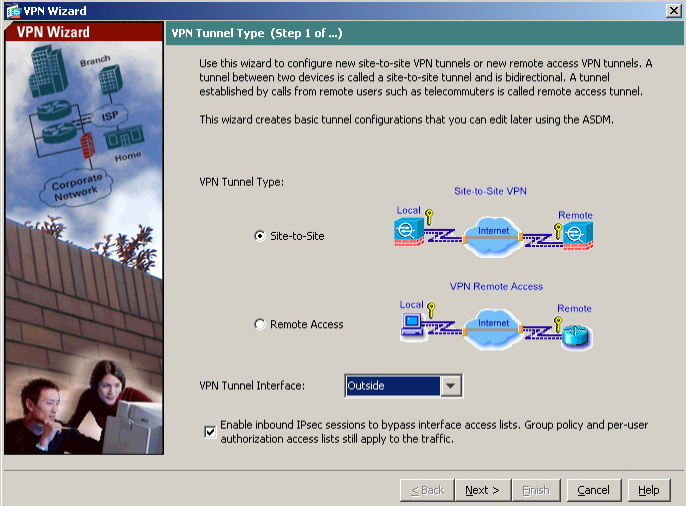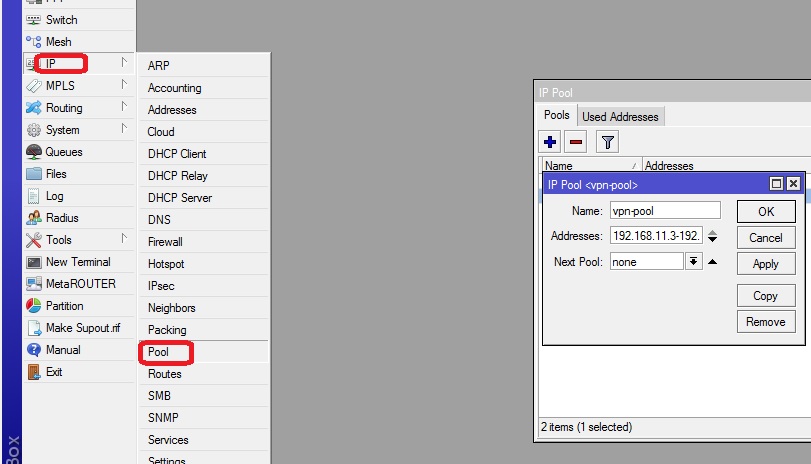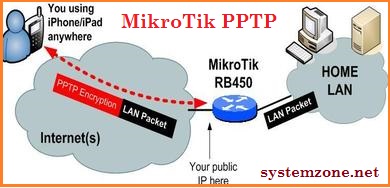

Mikrotik doesn’t allow export without it but fortunately we can use OpenSSL to change that: > openssl.exe rsa -in client.key -out client.key Enter pass phrase for client.key: 12345678 writing RSA key You don’t have client.ovpn? Well, one is in sample-config directory and we just need to change/add highlighted items: client dev tun proto tcp remote 1194 resolv-retry infinite nobind persist-key persist-tun ca ca.crt cert client.crt key client.key remote-cert-tls server cipher AES-128-CBC auth SHA1 auth-user-pass redirect-gateway def1 verb 3Ī bit annoying step is being asked for the private key passphrase (in the addition to username/password). Now finally we can copy both ca.crt and client.crt to C:\Program Files\OpenVPN\config\ directory alongside client.ovpn. And while at it, you can create a bit more imaginative user/password: /ppp profile add name="vpn-profile" use-encryption=yes local-address=192.168.8.250 dns-server=192.168.8.250 remote-address=vpn-pool secret add name= user profile=vpn-profile password= passwordįinally, we can enable OpenVPN server interface: /interface ovpn-server server set default-profile=vpn-profile certificate=server-certificate require-client-certificate=yes auth=sha1 cipher=aes128,aes192,aes256 enabled=yes

Assumption is your Mikrotik will also be a DNS server. Instead of editing the default encrypted profile, we can create a new one. I will assume you have your clients in some other network (e.g. Next we need a separate pool of IP addresses for clients. After copying this on computer for later I like to rename them to ca.crt, client.crt, and client.key respectively. This should give you three files: cert_export_ca-certificate.crt, cert_export_client-certificate.crt, and cert_export_client-certificate.key. With this we need to export a few files: /certificate export-certificate ca-certificate export-passphrase="" export-certificate client-certificate export-passphrase= 12345678 Or alternatively check name of certificate – template part will disappear once signing is completed. Any yes, if you have dynamic IP and you are not using your own domain, you can put *. there – no worries.Ĭreated certificates will need signing: /certificate sign ca-template name=ca-certificate sign server-template name=server-certificate ca=ca-certificate sign client-template name=client-certificate ca=ca-certificateĭepending on your router’s speed, that sign command might time-out – nothing to worry about – just wait for CPU to drop below 100%. However, some other VPNs are not as forgiving (yes SSTP, I am looking at you) so it might be best to have either your external IP or host name as the common-name text. Yes, strictly speaking, client certificate is optional but let’s not skimp on security.įirst we create all the certificate templates (10 years validity) we’ll need: /certificate add name=ca-template common-name= days-valid=3650 key-size=2048 key-usage=crl-sign,key-cert-sign add name=server-template common-name= *. days-valid=3650 key-size=2048 key-usage=digital-signature,key-encipherment,tls-server add name=client-template common-name= days-valid=3650 key-size=2048 key-usage=tls-clientįor the purpose of OpenVPN server common name can be really anything.

For OpenVPN we need main Certificate Authority, server, and client certificate. Prerequisite for any VPN server is to get certificates sorted. Commands are actually quite descriptive and easy to “translate” into GUI actions if that is your preference. That way I will simply repeat commands needed instead of going through the screens. This guide is going to assume you are to enter commands into the New Terminal window from WinBox. However, as often with Mirotik, not all is straight forward. Having OpenVPN server on your router is a nifty feature.


 0 kommentar(er)
0 kommentar(er)
